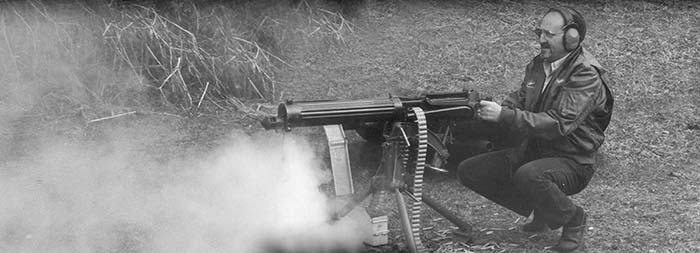The author shooting his trusty Vickers. Tea anyone?
by Ed Weitzman
Compared to the British Mark 1, Vickers machine gun, the US Model 1915 Colt Vickers was only manufactured for a short period of time. The Colt gun was used by the U.S. during World War I and replaced with the Browning M1917 machine gun in 1918. The British Empire on the other hand, used the Vickers gun both in World War I and World War II and did not retire it until 1968.
The Vickers made by the Colt Patent Firearms Manufacturing Company, under license from the firm of Vickers Sons and Maxim Ltd., (VSM), is a copy of its British-made counterpart. Differentiating the two has been made even more difficult by the fact that we gave almost all our entire leftover Vickers inventory to England during the lend lease program. After the war they were disbursed to other countries, a majority going to Egypt, and they apparently made little or no attempt to keep the original Colt made-parts together and separate from the Vickers made guns they had also obtained.
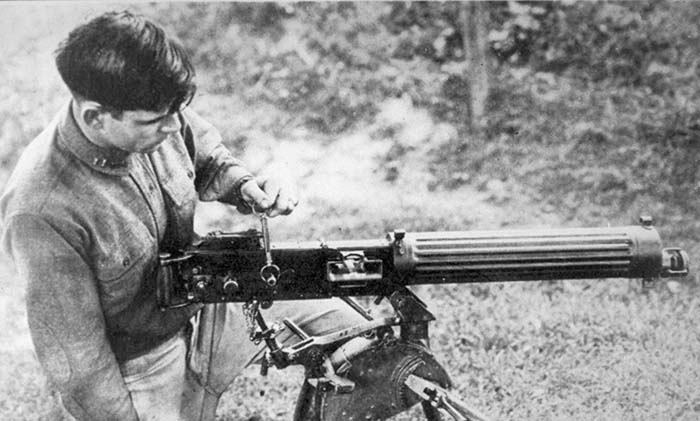
US Vickers guns will commonly be found in caliber 30 US, .303 British and 7.92x57mm and less commonly in 7.62×54 Russian and 11mm. The original US guns and those given by the British War Department to the Home Guard were in 30-06. Some guns were converted to .303 British and given to Egypt. The Egyptian guns that were captured by the Israelis during the Six Day War were then converted to 7.92x57mm. One of the virtues of the Vickers design is the ease of which the caliber may be changed.
Fortunately, for today’s collectors, the Vickers and Colt companies each had their own distinct inspector’s markings that they applied to their parts. These markings, along with several major differences in the guns themselves allow collectors to determine just who made a specific gun or part. I will attempt to show, by way of a pictorial comparison these differences and markings. There were other countries that over the years manufactured Vickers parts, but for purposes of this comparison we will deal with the Colt and the Vickers Company made guns. British guns made by Vickers Sons & Maxim had most of the parts marked with a VSM stamp. After the death of Hiram Maxim the name of the company was changed to Vickers Armstrong and following that, parts were marked VA. Colt manufactured parts were marked with an “u/v”. (I haven’t a clue what that stands for).
The tripods for the two Vickers guns were almost identical, except for the earliest Colt Vickers, which used a Springfield armory MKII tripod. The differences are found in the configuration of the rear leg and the placement of the traversing lock. On the Colt tripods are also found the mysterious u/v markings.
After 1918 many of the original Colt ground configuration guns were altered to aircraft configuration. This involved cutting louvers in the water jacket for air-cooling and the conversion to 11mm. Originally, when these guns were converted from ground to aircraft configuration, they were renumbered with an A prefix serial number. These guns were sold as Dewats to collectors in the 1930s and many registered during the amnesty. Some of the sideplates (from these ground guns, turned aircraft guns) were subsequently removed and married to Colt ground gun parts kits imported from overseas (the ones captured by the Israelis). This explains the ground guns with aircraft serial numbers.
Generally, there were three categories of differences in the US and British guns. The photographs in the A group illustrate physical differences. The B group shows the variation in markings, presumably by inspectors. Lastly, the C group shows the difference in serial numbering. I cannot begin to speculate about the reasons for these differences; I’ll leave that up to you. While I have not examined all of the guns made, these variations have been consistent on all of the Vickers guns that I have had the opportunity to examine.
One of the more fascinating aspects of studying machine guns, are the many variations in the manufacturing process, resulting at least in part from the many contractors involved. The differences in the finished product that these variations produce are sometimes subtle and sometimes glaring.
Group A Photos
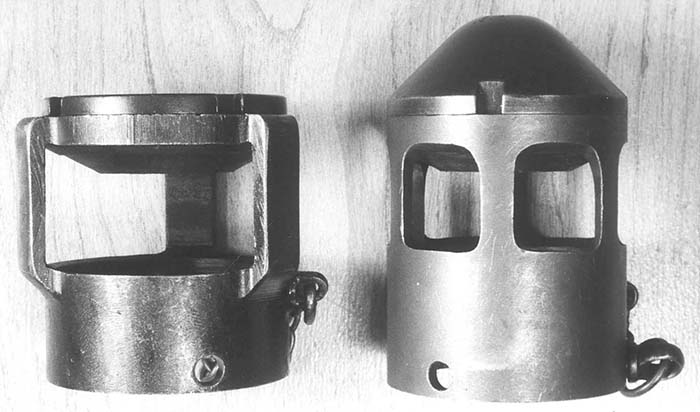
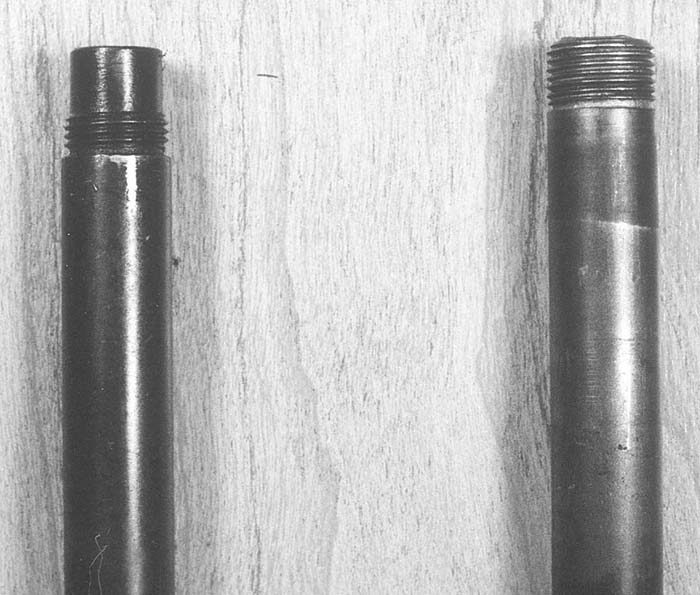
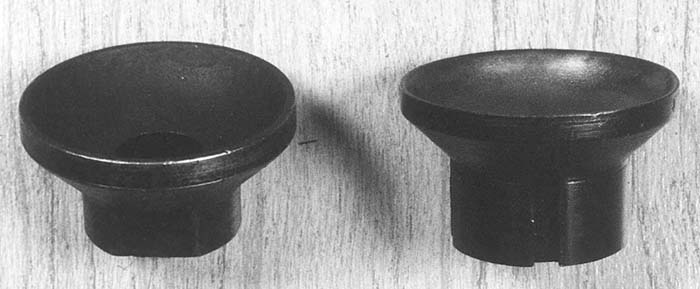
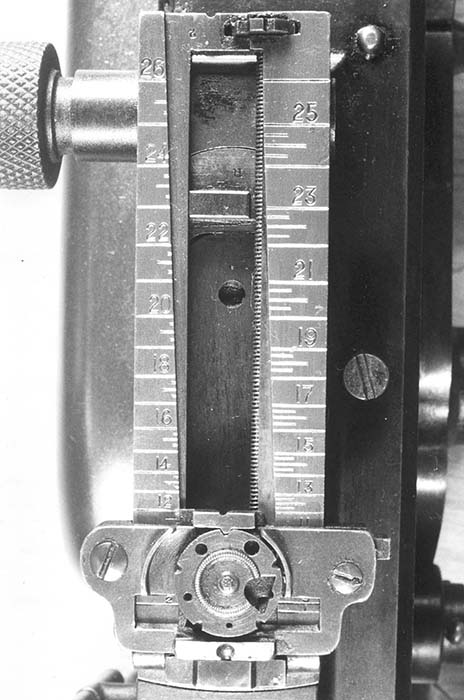
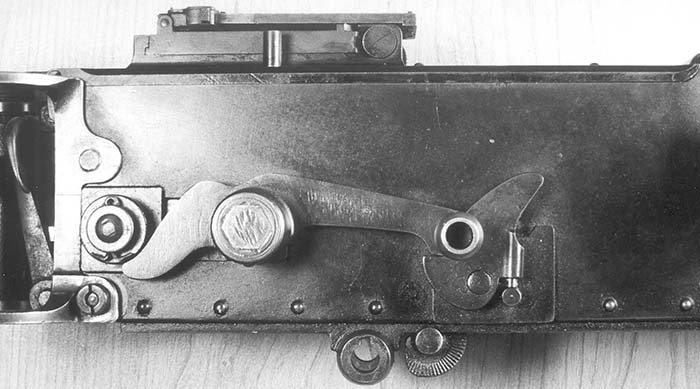
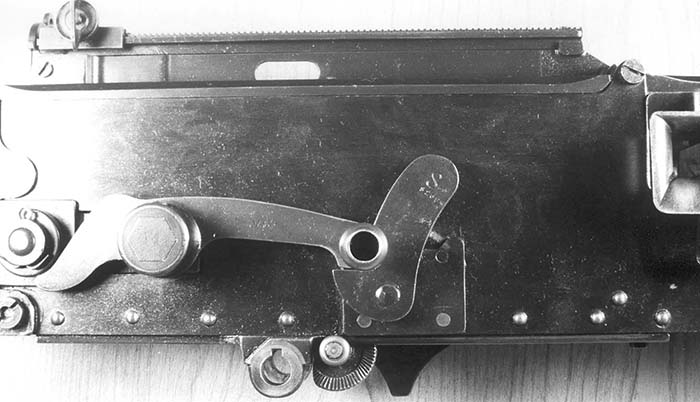
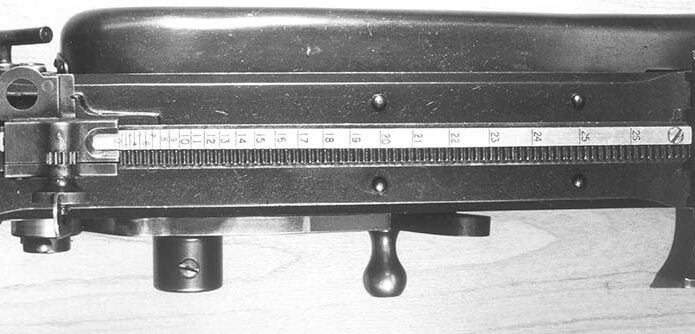
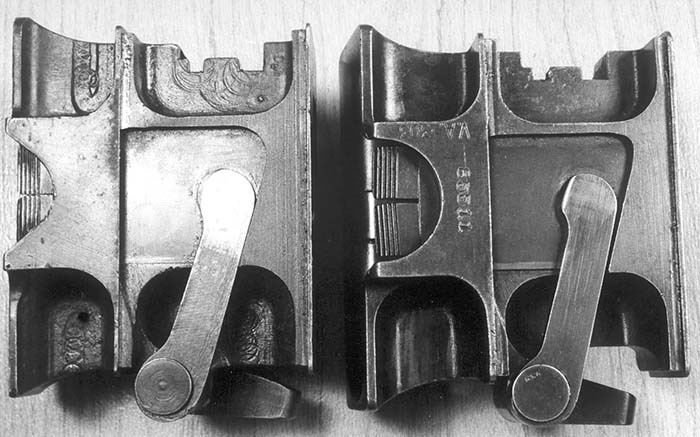
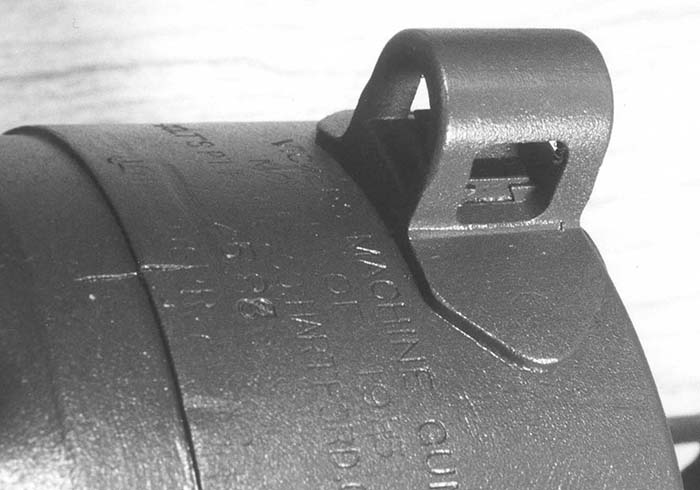
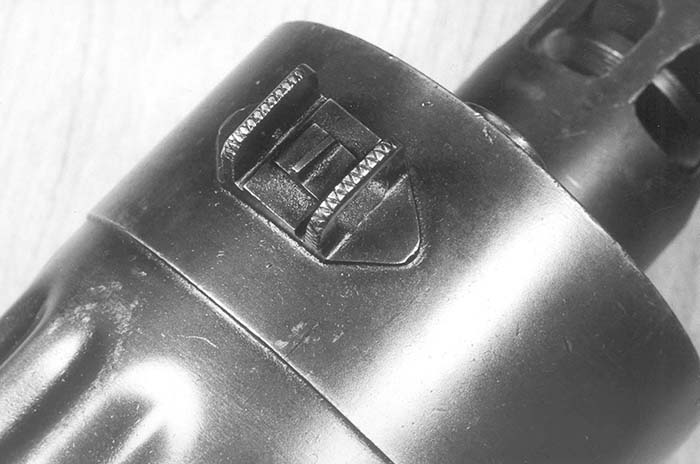
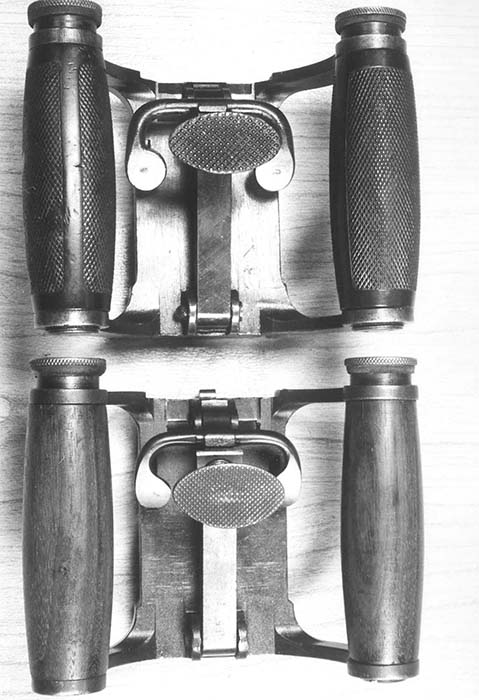
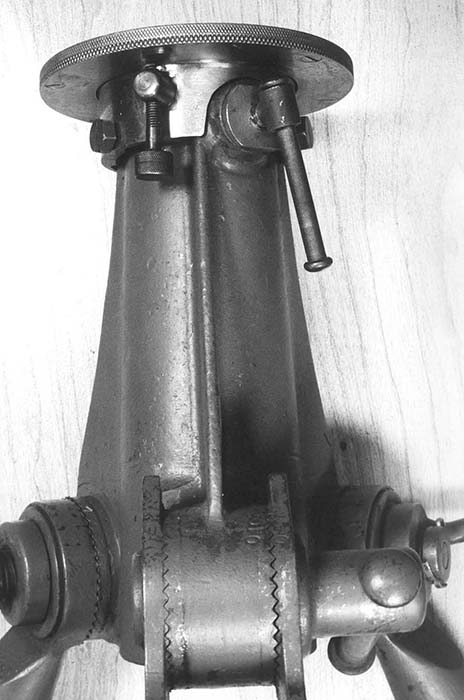
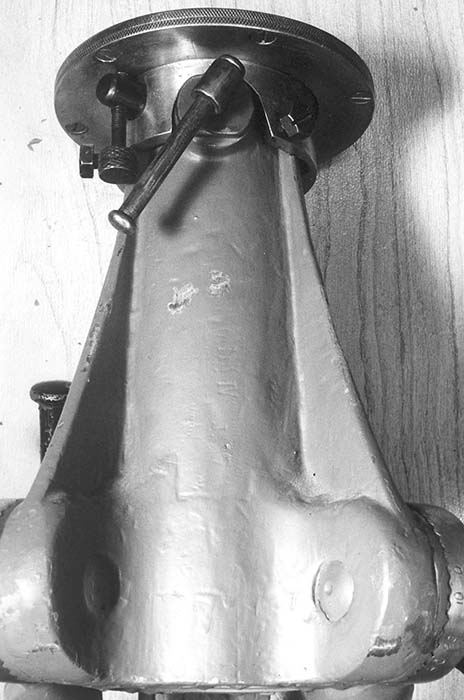
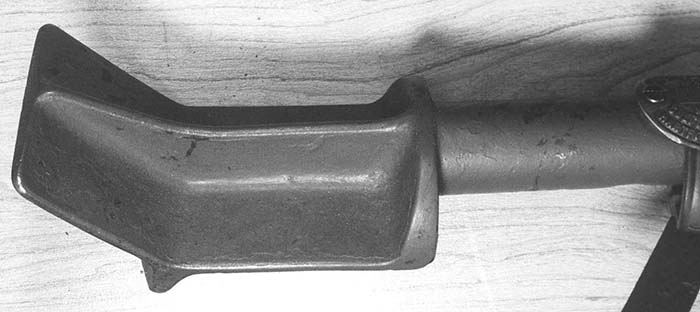
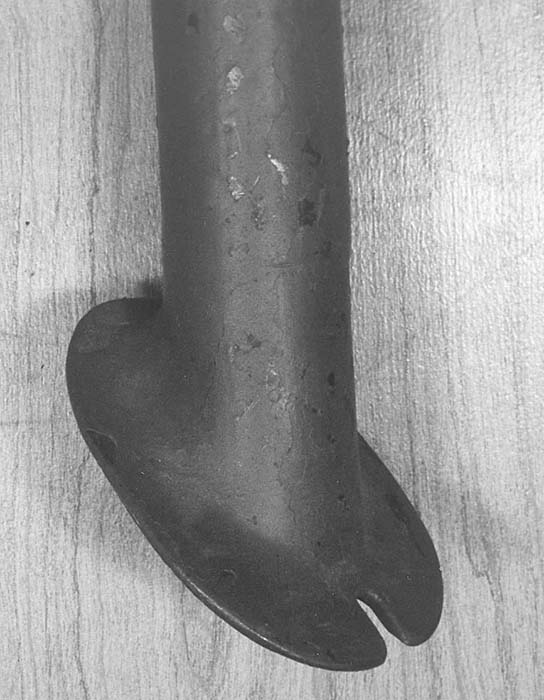
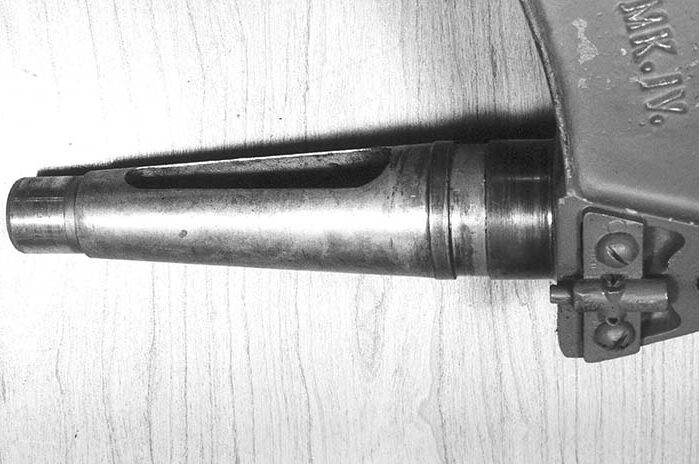
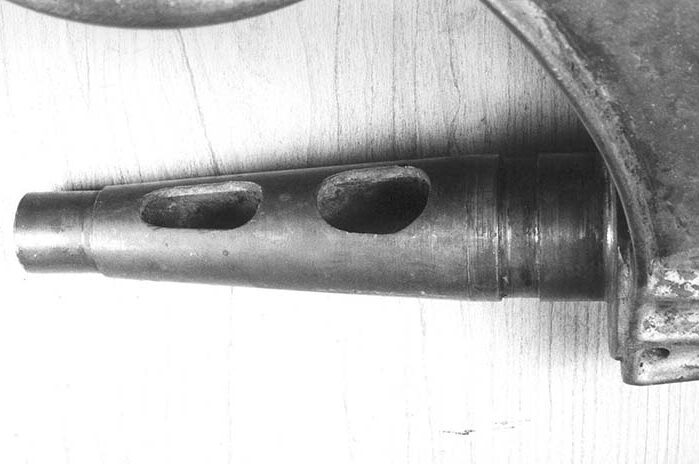
Group B Photos
Pictures in this group show the various parts on the Vickers gun where the inspectors marks may be found. VSM or VA for the British gun and u/v for the U.S. gun.











Group C Photos
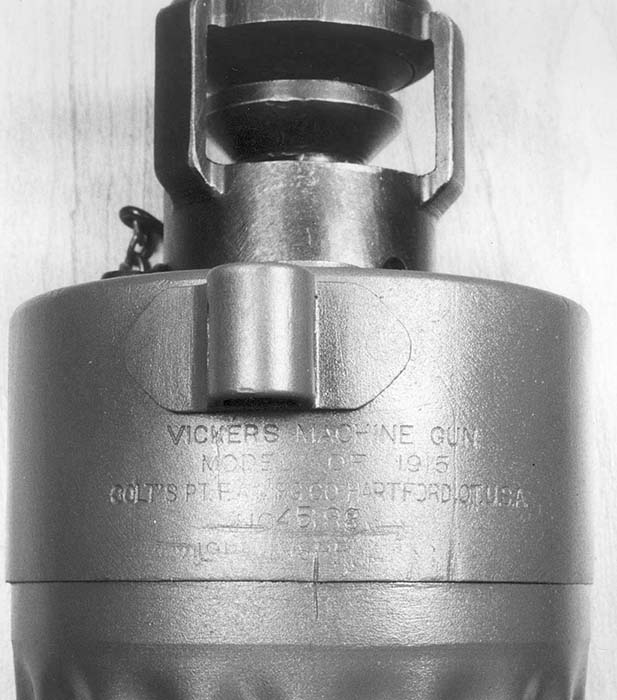
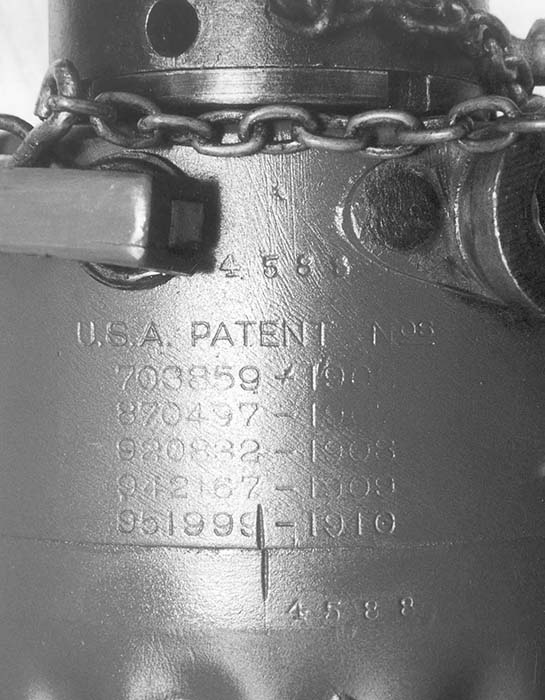
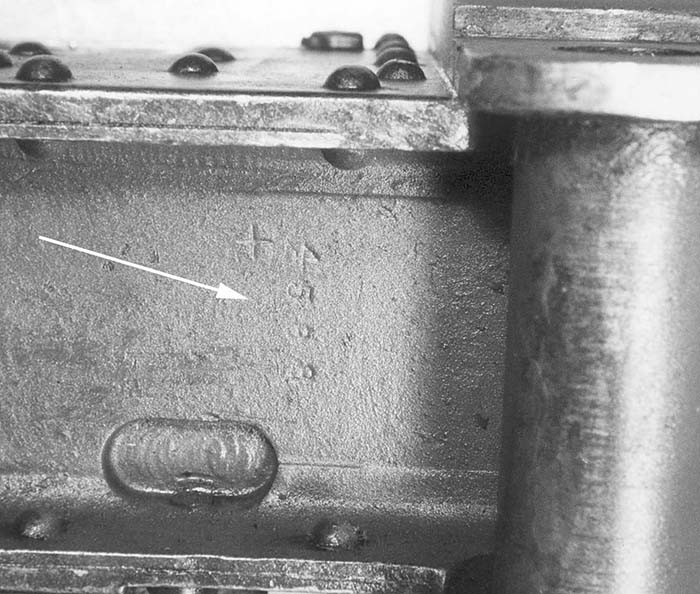
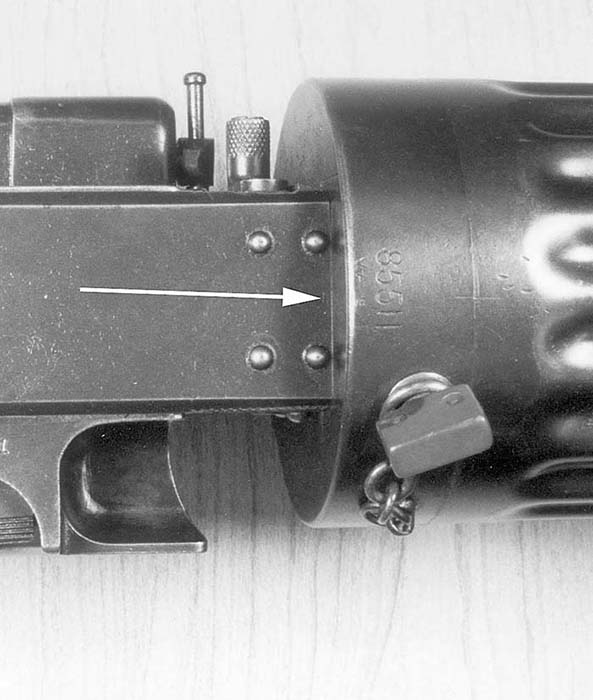
| This article first appeared in Small Arms Review V7N7 (April 2004) |



